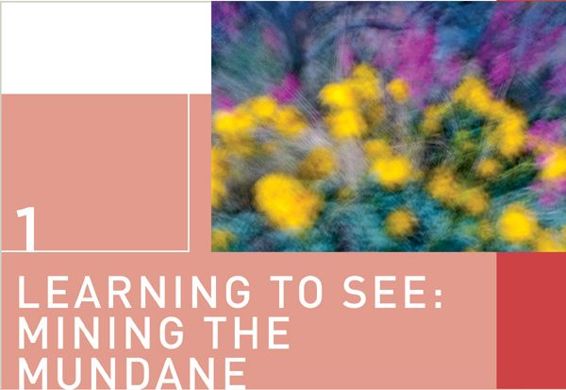During the mid-1980s and the 1990s, I found myself shooting a number of annual reports for both Fortune 500 companies and not-so-fortunate companies. Much of my work back then focused on what I affectionately called “Hard Hats with Soft Hearts,” or what is commonly known as the blue-collar industries: oil, gas, coal, hydro, ship repair, construction, steel plants, foundries, lumber mills, and silver and gold mining.
Shooting silver and gold mines took me to some fairly remote and often harsh locations. The gold mines of Colorado, Idaho, Nevada, and California didn’t look very different than the gold mine atop the 14,000-foot mountain in Bolivia, or the 2,400-foot underground gold mine in Santa Bárbara, Brazil. Mundane would be the best word to describe most gold mines, at least on the surface. Since most of us are drawn to landscapes teeming with life, the rocky, sparse, dry, desertlike landscape where most gold is found gets little of our attention, unless, of course, we are prospecting for gold.
And just as when we’re mining for real gold, mining for gold images requires effort, as these images remain buried, hidden from view in some truly mundane locations. The terrain where you can find these golden opportunities is often composed of broken-down cars, scarred sheet metal, retired crab pots, broken glass, banged-up bicycles, rusty old water heaters—in other words, terrain normally described as an eyesore!
I believe that every junkyard, secondhand store, and wrecking yard is teeming with “flora and fauna” and that the path toward successful composition must include several trips to the mundane—preferably early in your photographic career. No other location as adequately affirms my belief that every successful image is first and foremost about the arrangement of the content and not the content itself.
Most of my photography workshops include several hours (or, if the students are lucky, an entire day) spent shooting garbage, such as in a junkyard, an auto wrecking yard, a 40-yard Dumpster, or an alleyway with no shortage of plastic trash bags. During the entire time spent at these locations, the students are strongly encouraged to use their macro lenses, a close-up filter such as the Canon 500D, or extension tubes. The sole goal is to create compelling arrangements, and because of this, the eye and the brain are freed from the often constraining need to know what you are looking at so you can photograph it the “right way.” (Remember, it is not about the content, it’s about the arrangement!)
It is in these mundane locations where the two most common “rules” in all of photography can be learned and applied time and time again: the Rule of Thirds and the need to fill the frame. It is here where the eye/brain is awakened, liberated from the prejudice of what constitutes a “beautiful” image. It is here where the repetition of these two most basic of fundamentals is applied and affirmed. And once your eye and brain have been awakened, they will have an insatiable appetite for the mundane. You, too, will soon be saying, “Successful image making is all about the arrangement and not the content!”
Over the next few pages, we’ll explore some examples of shooting the eyesores—those subjects that are often passed by, overlooked, or even avoided because they couldn’t possibly be interesting. If my hunch is correct, by the end you will share the same reaction as Danielle, a student who took a workshop with me in Provence during the summer of 2011. Danielle was dreading the trip to the junkyard. After all, it was her first time in France and she was about to spend several hours in a junkyard! But when it was over, she didn’t want to leave. Not until then did she realize how much beauty there was in the mundane.
While standing in a small pile of trash, I noticed at my feet several small pieces of broken glass from what I gather was once the windshield of a car. Just a few feet away was an empty half-case of Old Milwaukee beer, emblazoned with an illustration of the Old Milwaukee girl. I placed the broken glass over the Old Milwaukee girl, and as you can see above, this simple idea of marrying two pieces of discarded waste became one mighty interesting composition! It is an image of lines, color, and shape, culminating in an unusual “portrait.”
Nikon D3X with Micro-Nikkor 105mm lens, f/16 for 1/125 sec., ISO 100

